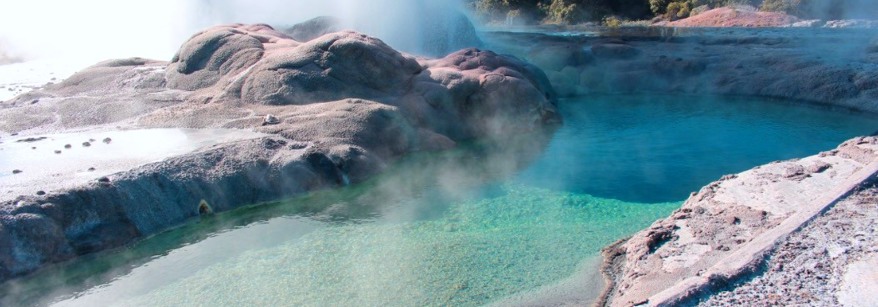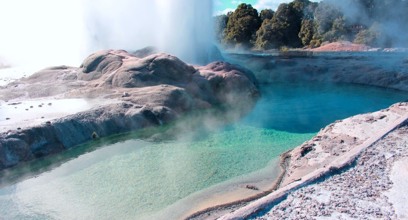The RMA requires Council to review its regional plans on a regular basis and sets out a formal Plan Change process for this to happen. Our starting point is checking what we know – what the Regional Policy Statement tells us to do, where the current plan is working and where it is not, and what our community is telling us.
This review is a part of a formal Resource Management Act process. The broad steps include:
- Reviewing and monitoring the effectiveness of current planning provisions under section 35(2)(b) of the RMA. See the following documents for the results of this review.
- RMA Section 35(2)(b) Review of Geothermal Provisions of the Bay of Plenty Regional Water and Land Plan: Tauranga Geothermal Resource (2015)
- RMA Section 35(2)(b) Rotorua Geothermal Regional Plan Review 2010
- Reviewing our understanding of the resource (e.g. research, monitoring and modelling). We monitor the state of the environment, including specific geothermal monitoring in some places (e.g. surface feature and geothermal reservoir monitoring in Rotorua).
- Identifying the community's values through community engagement. Engagement with the community throughout the plan review process is crucial. At all key stages of the plan review, we have been and will be working closely with Māori and holding targeted workshops with stakeholders and interest groups. This approach will vary between different systems.
- Developing system management plans (a whole system approach) to inform policy. The Regional Policy Statement requires system management plans for some geothermal systems including Kawerau, Tauranga and Rotorua. The system management plans will guide the policies in our Regional Plans.
- Weighing up different management options and their costs and benefits.
- Developing a draft Plan Change informed by system management plans, before formalising the Plan Change through public notification for submissions under the Resource Management Act.


